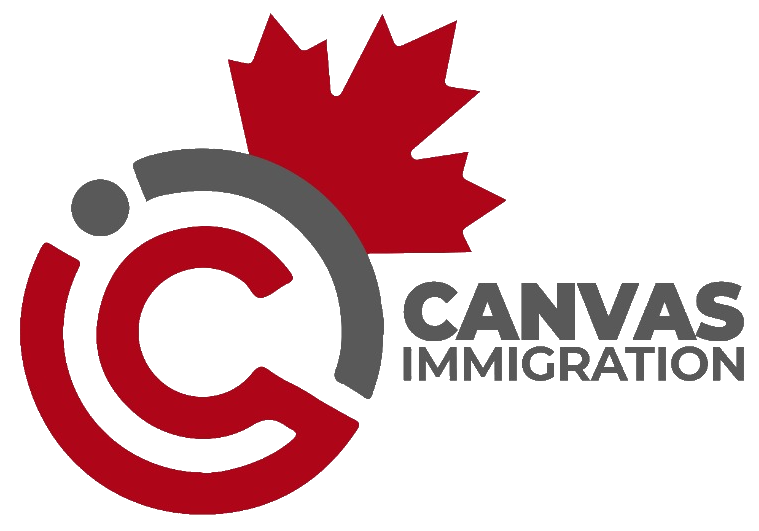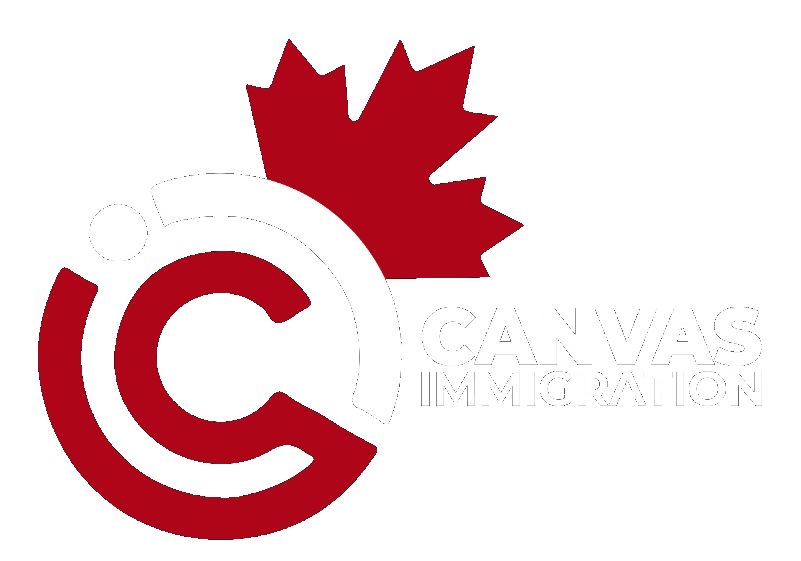Canada may be preparing for a major shift in its immigration policy. Liberal leader Mark Carney has proposed a series of reforms aimed at controlling population growth by placing new limits on immigration levels. These suggestions include capping temporary residents to 5% of the population by 2027 and setting permanent resident (PR) admissions to 1% of the population annually—approximately 400,000 newcomers per year.
This proposal reflects a growing debate across Canada about how immigration policies intersect with broader national issues like housing availability, healthcare access, and infrastructure capacity. While some believe a reset is necessary to ensure sustainability, others see the proposal as a step backward in a country known for its openness to newcomers.
Understanding the Key Points of the Reform
Carney’s proposal is built around two main targets:
- Limiting annual permanent resident admissions to 1% of Canada’s population. With a national population of about 41 million, this would set the annual PR cap at around 400,000 newcomers.
- Restricting temporary residents—including international students and foreign workers—to no more than 5% of the total population by 2027.
These targets represent a notable reduction from recent years, where immigration levels have surged. In contrast, during former Prime Minister Stephen Harper’s time in office, annual immigration levels hovered around 250,000 to 300,000. Carney’s vision marks a return to more controlled intake numbers.
While this might seem like a modest reduction at first glance, the implications are significant. Lower annual intake means increased competition, longer processing times, and potentially more selective immigration pathways. It could also pressure provinces and employers to adjust recruitment strategies to match the reduced inflow of talent.
Missing Details and Policy Gaps
Despite introducing caps, Carney’s proposal omits several important components of Canada’s immigration ecosystem. There is no mention of any changes to the asylum system, which continues to experience rising numbers of refugee claimants. The framework for naturalized citizens or updates to citizenship processing times is also left unaddressed.
Additionally, Carney’s plan does not detail how these national targets would be distributed among provinces and territories. This is a critical omission, especially as regions like Ontario, Quebec, and British Columbia already face unique demographic and economic challenges. Provinces may push for more control over their immigration nominations to compensate for federal limits.
Why the Push for Reform Now?
The push to reform the Canadian immigration policy stems from mounting pressure on public services and growing public concern over affordability and quality of life. With rising rental prices, overstretched healthcare systems, and increased classroom sizes, many Canadians have started questioning whether current immigration levels are sustainable.
Carney’s approach appears to be an attempt to recalibrate rather than restrict immigration altogether. The goal is to align population growth with infrastructure readiness and service delivery. Countries like Australia and the UK have adopted similar strategies, implementing population-based caps while continuing to prioritize high-skilled talent.
Implications for Applicants and the Immigration Process
If these reforms are enacted, prospective immigrants and temporary residents should prepare for a more competitive and selective system. Express Entry draws could see higher cut-off scores, while Provincial Nominee Programs (PNPs) may increasingly prioritize candidates with job offers, Canadian work experience, or French language skills.
For temporary residents—particularly international students and low-wage foreign workers—the cap could translate into stricter eligibility requirements or reduced intake in certain sectors. This change could impact Canada’s post-graduate work permit system, open work permits, and pathways to permanent residence.
Applicants would be well advised to strengthen their profiles by improving language scores, gaining Canadian work experience, or applying to priority occupations identified by provinces.
A Strategic Shift in Canada’s Immigration Policy
Mark Carney’s proposal marks a clear turn in Canada’s immigration policy, aiming to slow population growth through immigration limits without compromising the country’s long-term economic goals. With permanent resident admissions capped at 1% of the population and temporary residents limited to 5% by 2027, the reforms could significantly alter the landscape for both applicants and policy-makers.
While the plan is still under discussion, it offers a preview of how Canada may begin to balance population growth with its infrastructure, economy, and public sentiment. For those looking to immigrate, it’s more important than ever to plan strategically and remain informed.
Stay tuned with ImmigCanada for trusted insights, timely updates, and expert advice to help you prepare for the future of immigration in Canada.
Add ImmigCanada to Your Google News Feed

